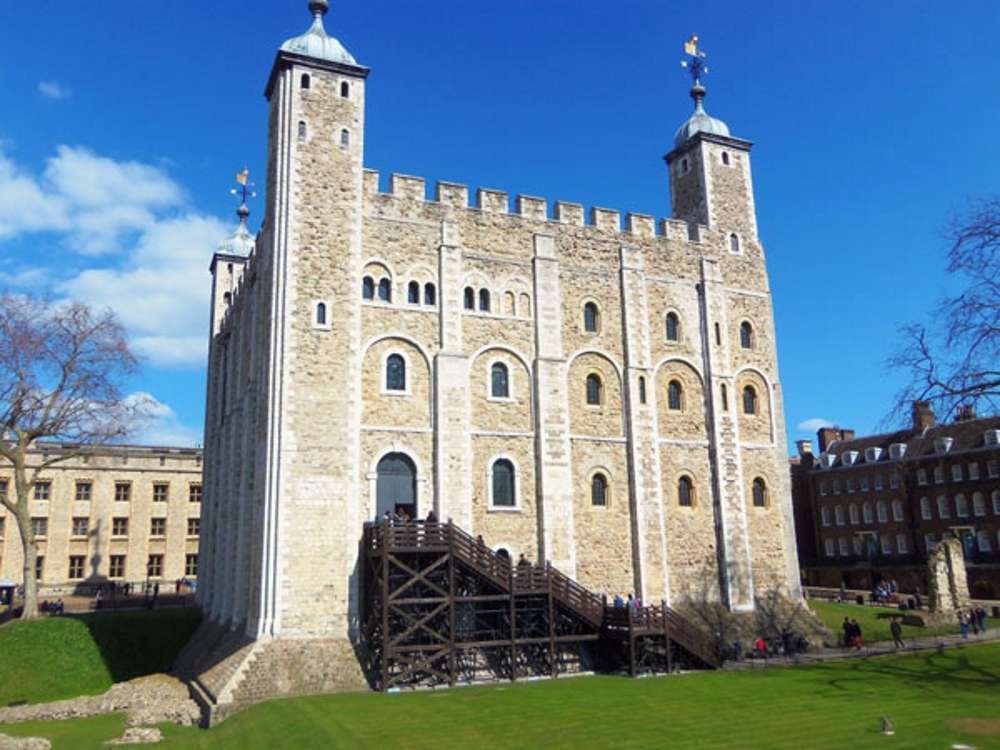Introduction:
London, a city that resonates with history, culture, and diversity, also has its share of institutions that are less glamorous but equally significant. The correctional facilities scattered across the city serve as a testament to the complex interplay between law and order. In this blog, we’ll take a glimpse behind the bars and explore five of the biggest jails in London, where justice is served and rehabilitation is a focal point.
HMP Belmarsh: A High-Security Institution
Located in Thamesmead, Southeast London, Her Majesty’s Prison Belmarsh is known for its high-security status. Often referred to as “Britain’s Guantanamo Bay,” Belmarsh has housed high-profile prisoners, including those involved in terrorism cases. The prison is designed to accommodate a diverse range of inmates, reflecting its role as a high-security facility with a focus on maintaining order and security.
HMP Wandsworth: Historic Yet Modern
As one of the oldest prisons in London, Her Majesty’s Prison Wandsworth carries a rich history dating back to the Victorian era. Despite its historic significance, Wandsworth has undergone modernization to meet contemporary correctional standards. Situated in South West London, this prison is one of the largest in England and has housed various categories of offenders throughout its existence.
HMP Pentonville: Victorian Architecture and Modern Challenges
Her Majesty’s Prison Pentonville, located in North London, stands as a prime example of Victorian prison architecture. Opened in 1842, Pentonville has undergone numerous changes to adapt to the evolving landscape of corrections. With its distinctive radial design, Pentonville has faced challenges in modern times, including issues related to overcrowding and rehabilitation. The prison’s historic significance adds a layer of complexity to its role in the contemporary criminal justice system.
HMP Holloway: A Women’s Prison Legacy
While Her Majesty’s Prison Holloway was closed in 2016, its historical significance in London’s corrections landscape cannot be overlooked. Located in Islington, North London, Holloway was once the largest women’s prison in Europe. The closure marked a shift in the approach to female incarceration, with a focus on smaller, more specialized facilities. The legacy of Holloway reflects the changing perspectives on rehabilitation and the treatment of female offenders.
HMP Thameside: A Modern Approach to Corrections
In contrast to some of London’s older prisons, Her Majesty’s Prison Thameside represents a more modern approach to corrections. Located in the Thamesmead area, Thameside is a Category B prison with a capacity for over a thousand inmates. The facility places emphasis on rehabilitation programs, education, and vocational training to prepare offenders for reintegration into society. The contemporary design and focus on rehabilitation distinguish Thameside from some of London’s more traditional correctional institutions.
Conclusion: Behind the Bars of London’s Correctional Landscape
London’s correctional facilities, each with its unique history and purpose, play a crucial role in maintaining law and order. From historic institutions like Pentonville to modern facilities like Thameside, these prisons are a reflection of the challenges and complexities inherent in the criminal justice system. While their primary function is to confine individuals who have violated the law, there is an ongoing shift toward emphasizing rehabilitation and reintegration, acknowledging that behind the bars lie opportunities for positive change and a chance at redemption.

Author: Jon Tabner
Hi! I’m Jon Tabner, I am a Graphic Designer, Blogger and Marketing Executive in profession. Exploring new things, innovation and designing is my passion. Now working as head of Graphic Designing & Marketing Executive team at Print In London and currently I am based in London. I love using my design knowledge to inspire small businesses to think outside the box when designing their print.

